Ever Wondered Why Halloween Is All About Orange And Black?
Halloween’s signature colours, orange and black, have deep historical and cultural roots. These two shades are not random choices. They symbolise the season, life and death, and the transition from harvest to winter.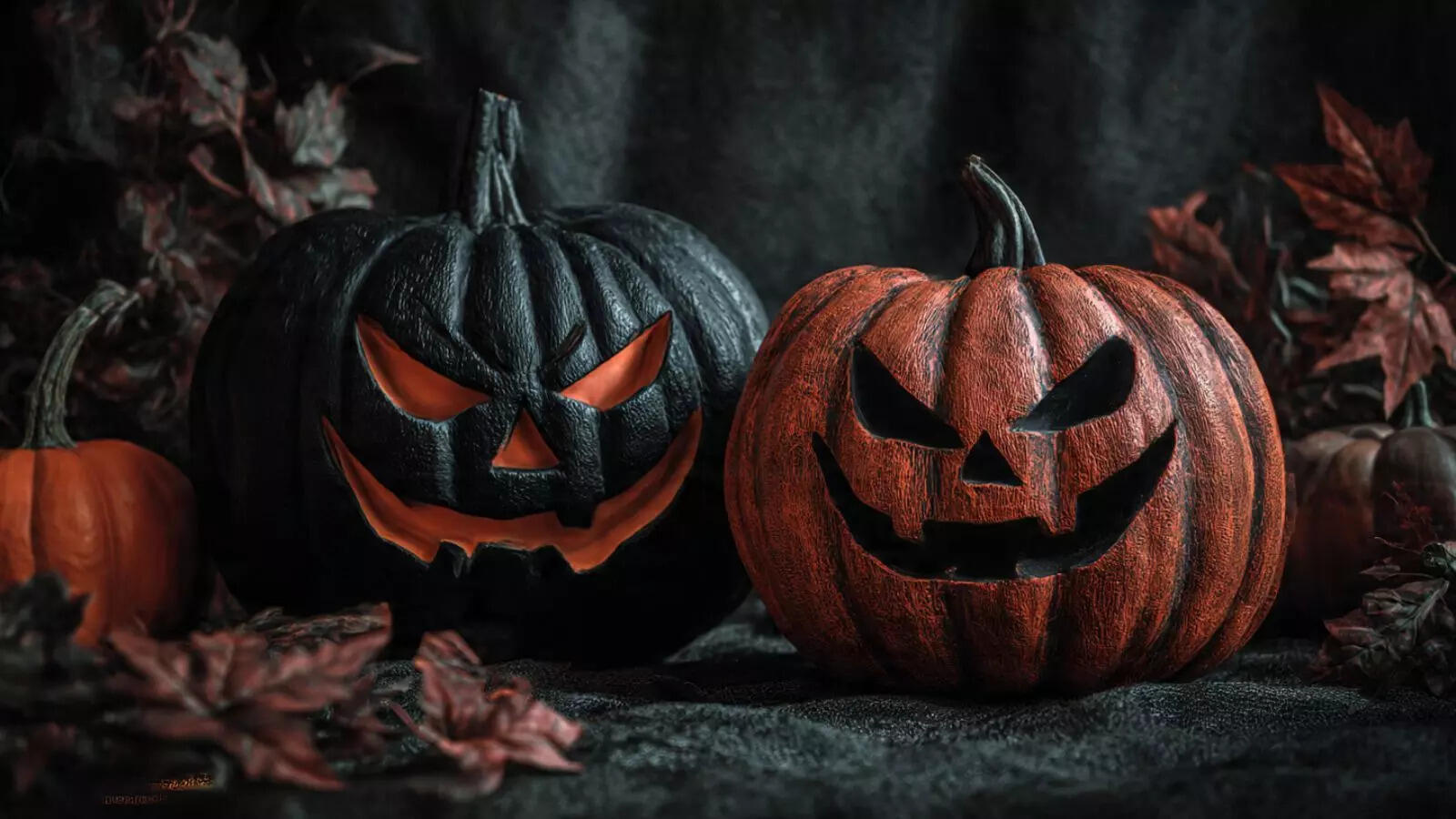
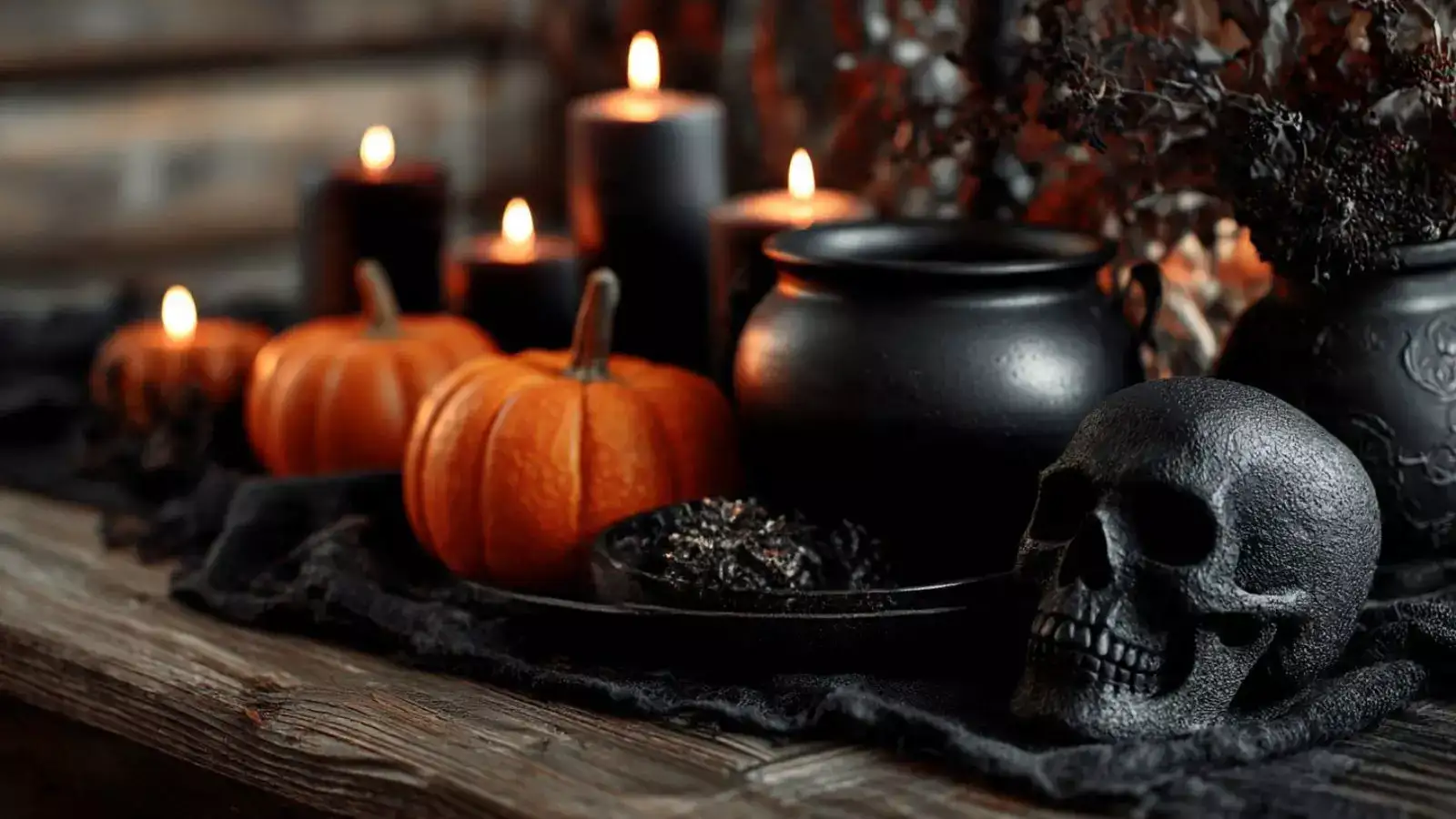
The Origin of Halloween Colours
The colour tradition began during the ancient Celtic festival of Samhain, celebrated over 2,000 years ago. Samhain marked the end of the harvest and the start of winter. People believed that during this time, the boundary between the living and the dead became blurred.
The Meaning of Orange
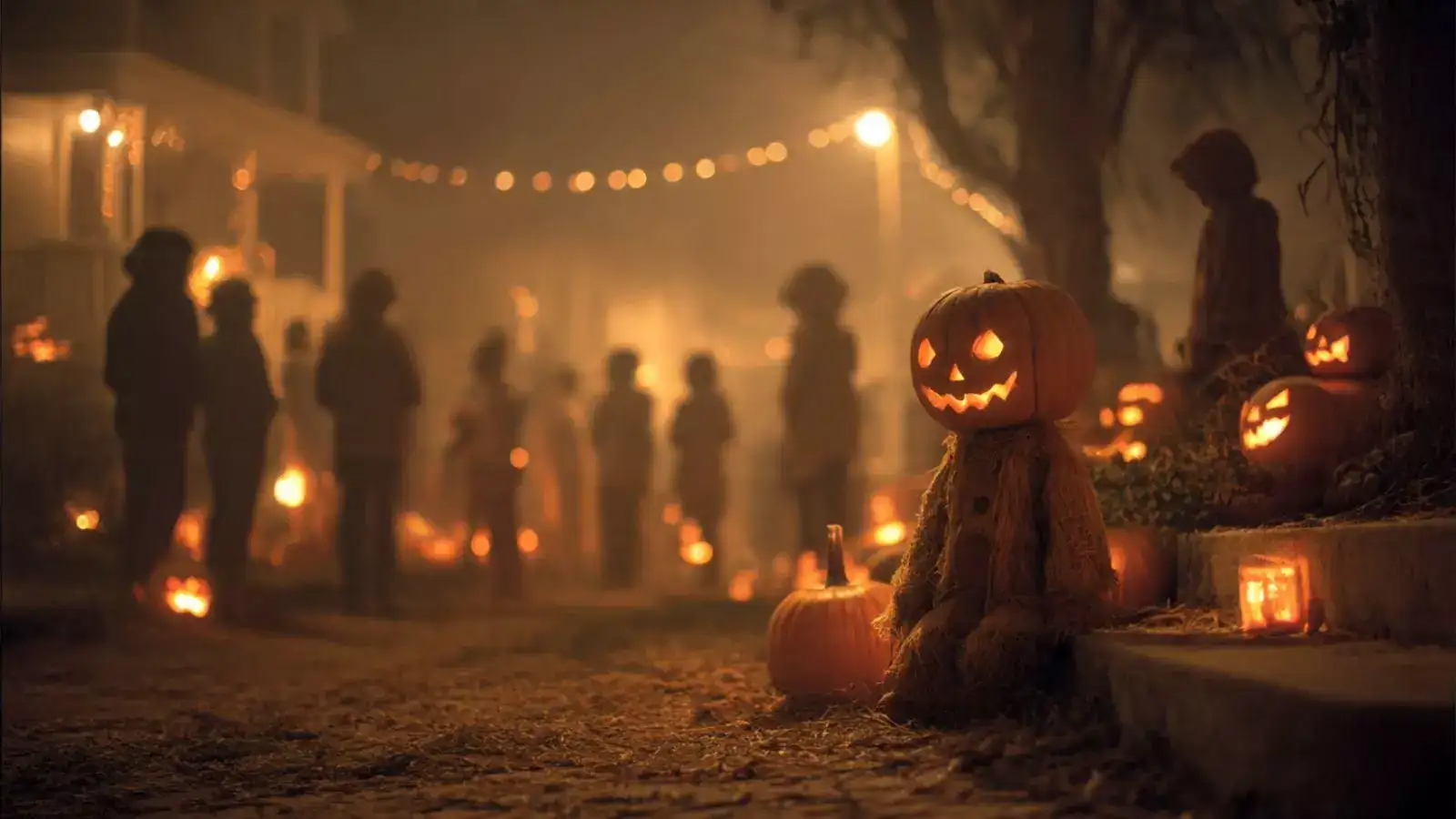
Orange represents the harvest season. Pumpkins, autumn leaves, and bonfires, all common in late October, share this warm hue. In ancient times, orange stood for abundance, warmth, and the last glow of sunlight before the dark, cold months began. Today, orange continues to symbolise energy, festivity, and the joy of the season.
The Meaning of Black
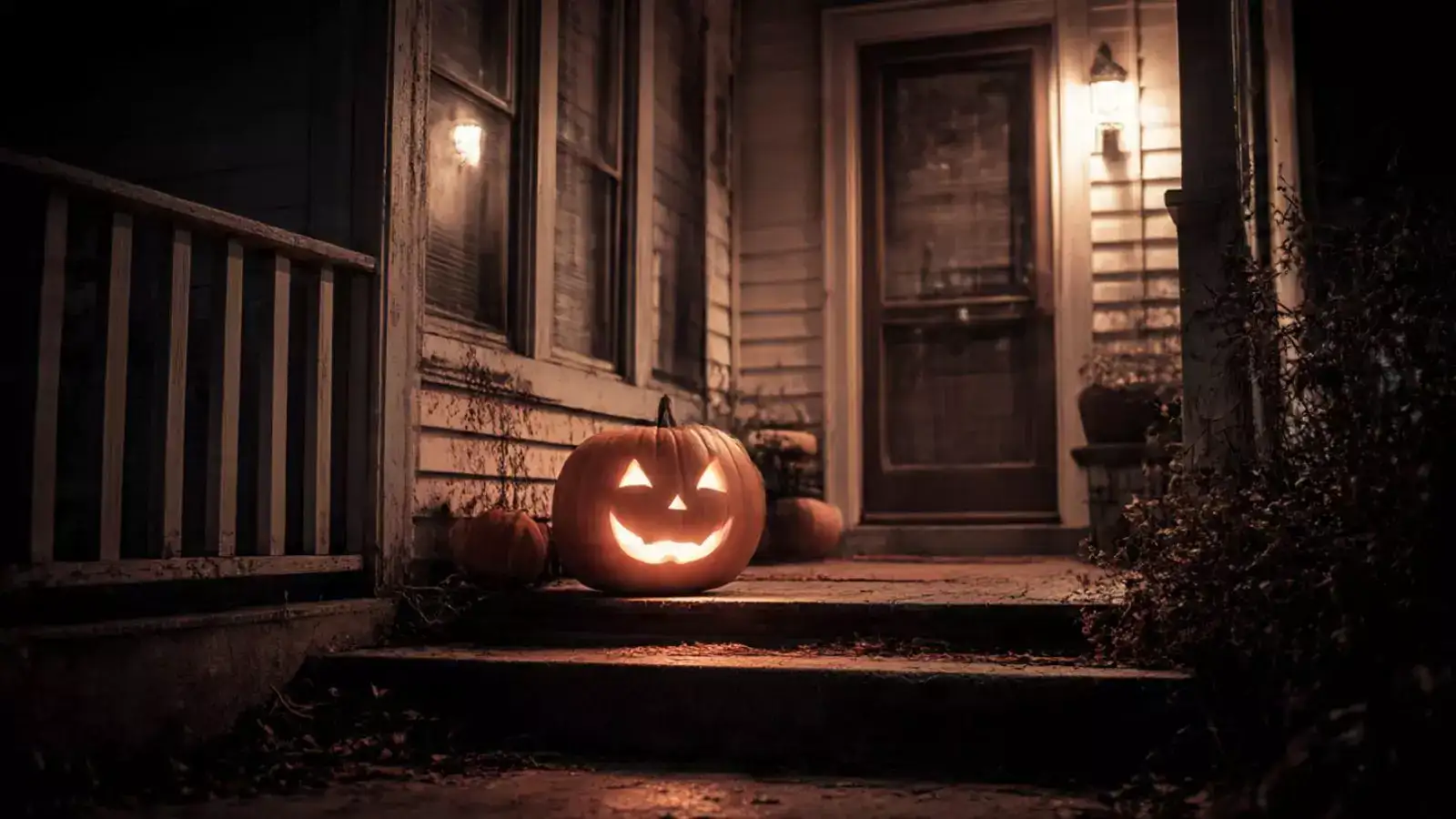
Black symbolises death, mystery, and the unknown. For the Celts, it represented the darker half of the year when daylight faded and nature rested. Later, when Halloween evolved into a Christian-influenced festival called All Hallows’ Eve, black also came to represent mourning for the dead and respect for departed souls.
Cultural Influence Over Time
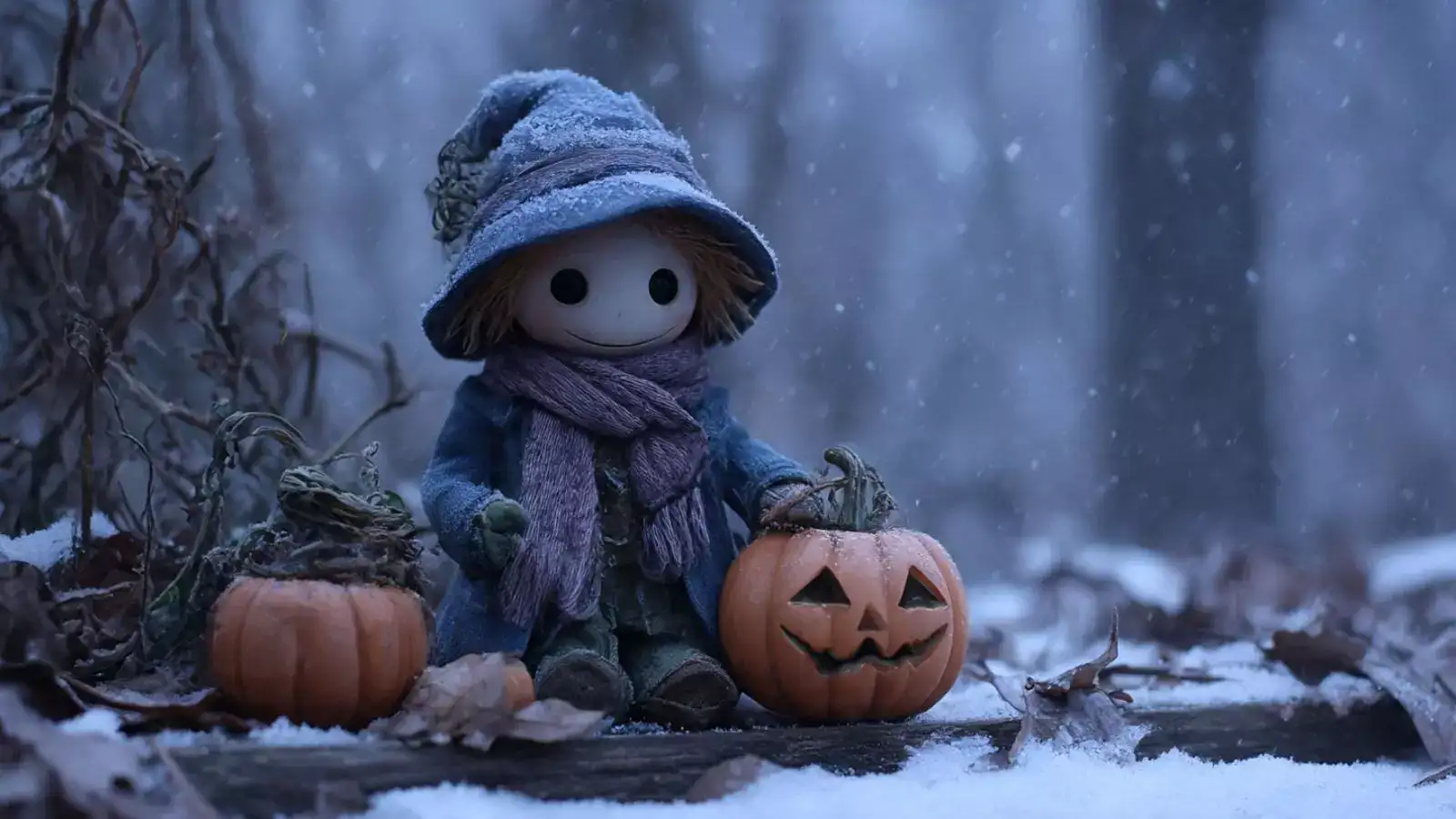
When Halloween spread to North America, the mix of orange and black became commercialised. Costume makers, advertisers, and decorators in the early 20th century adopted these colours to show the balance between life, shown by orange, and death, shown by black. The pairing stayed and became the universal colour code for Halloween celebrations around the world.
Modern Symbolism
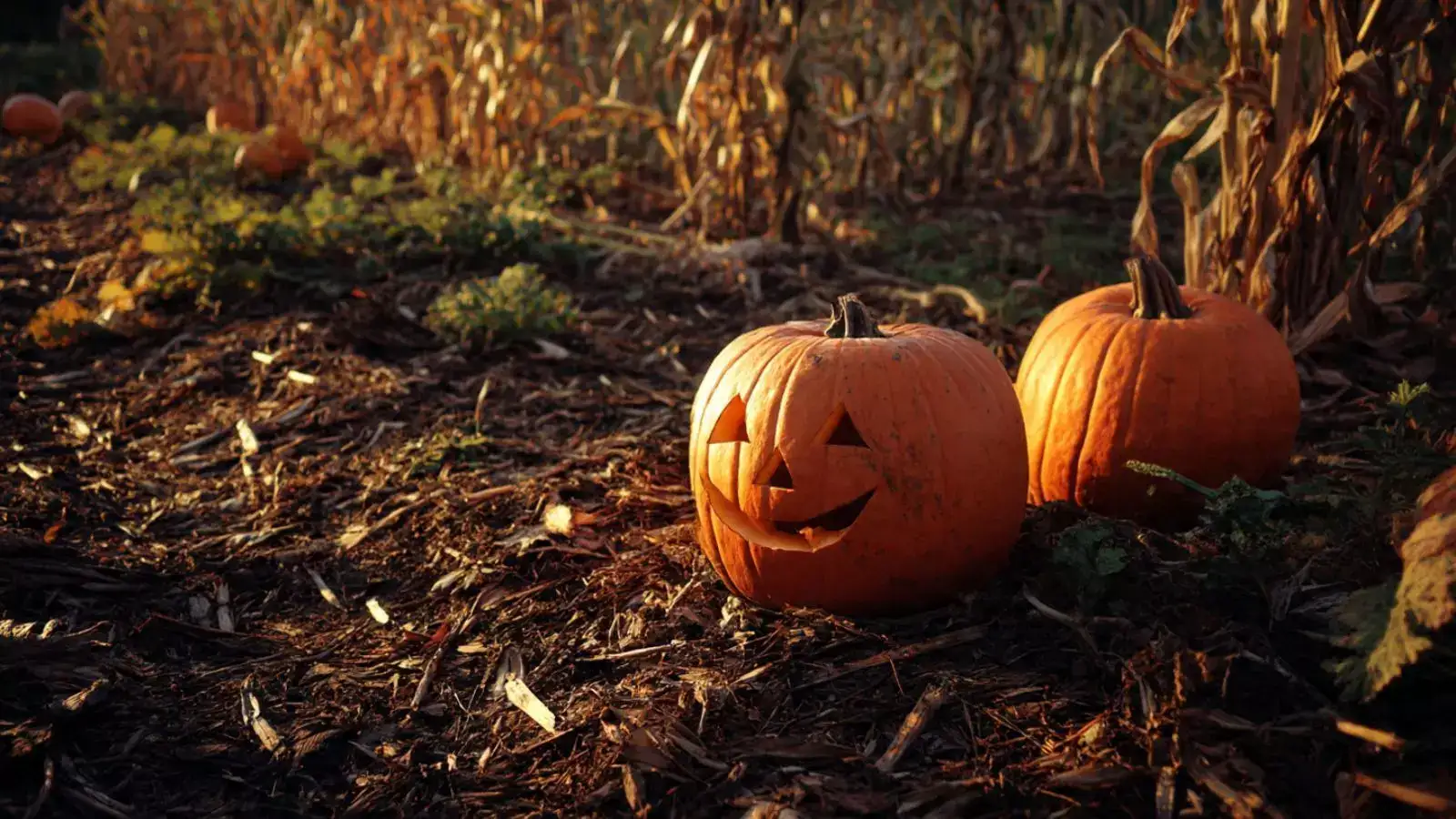
Today, orange and black go beyond symbolism. They instantly signal Halloween in candy packaging, decorations, and clothing. Their contrast, bright and dark, warm and cold, captures the true spirit of the festival. It combines fun, fear, and festivity in one visual theme.


The Origin of Halloween Colours
The colour tradition began during the ancient Celtic festival of Samhain, celebrated over 2,000 years ago. Samhain marked the end of the harvest and the start of winter. People believed that during this time, the boundary between the living and the dead became blurred.
The Meaning of Orange

Orange represents the harvest season. Pumpkins, autumn leaves, and bonfires, all common in late October, share this warm hue. In ancient times, orange stood for abundance, warmth, and the last glow of sunlight before the dark, cold months began. Today, orange continues to symbolise energy, festivity, and the joy of the season.
You may also like
- Pak, Afghan media report Istanbul talks 'failure' but present different narratives
- Duck Dynasty star Sadie Robertson Huff sparks culture controversy after Beyoncé TikTok backlash goes viral
- Bangladesh suspends international flight operations at Cox's Bazar airport
- Cyclone Montha: Landfall process begins off Andhra coast, says IMD
- "Bihar has gone backwards during NDA government": Congress MP Akhilesh Prasad Singh
The Meaning of Black

Black symbolises death, mystery, and the unknown. For the Celts, it represented the darker half of the year when daylight faded and nature rested. Later, when Halloween evolved into a Christian-influenced festival called All Hallows’ Eve, black also came to represent mourning for the dead and respect for departed souls.
Cultural Influence Over Time

When Halloween spread to North America, the mix of orange and black became commercialised. Costume makers, advertisers, and decorators in the early 20th century adopted these colours to show the balance between life, shown by orange, and death, shown by black. The pairing stayed and became the universal colour code for Halloween celebrations around the world.
Modern Symbolism

Today, orange and black go beyond symbolism. They instantly signal Halloween in candy packaging, decorations, and clothing. Their contrast, bright and dark, warm and cold, captures the true spirit of the festival. It combines fun, fear, and festivity in one visual theme.









